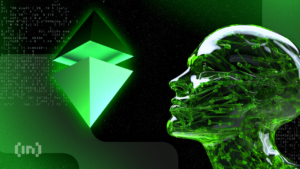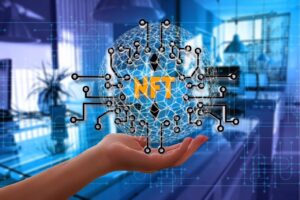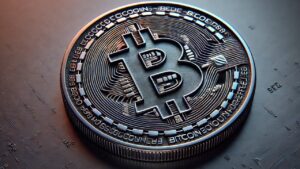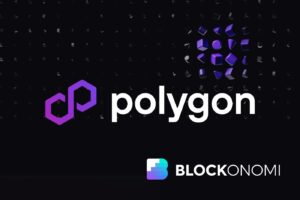Accelerating Adoption — What DIDs Add To The Blockchain Ecosystem
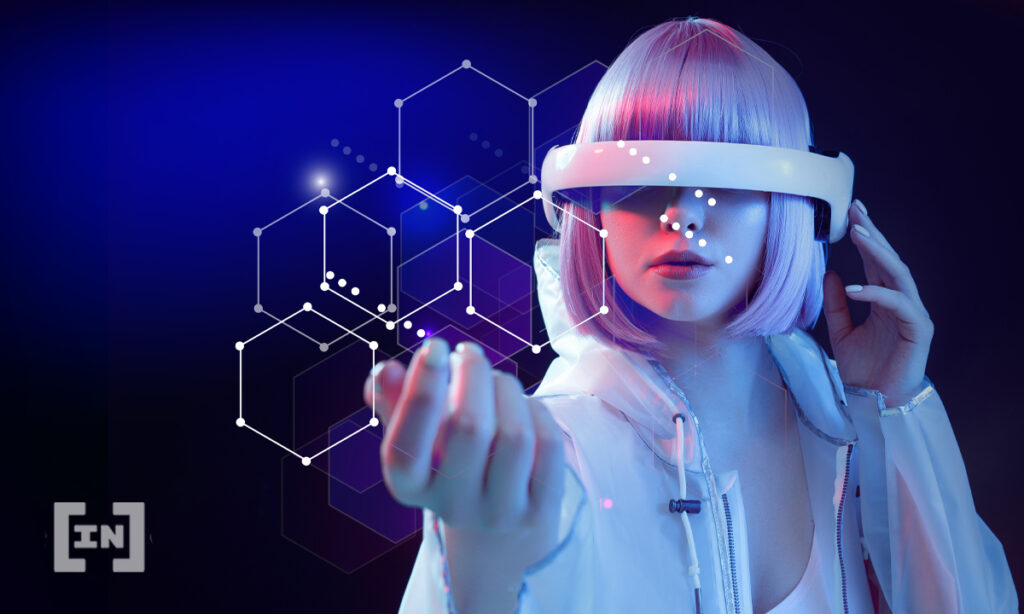
[ad_1]
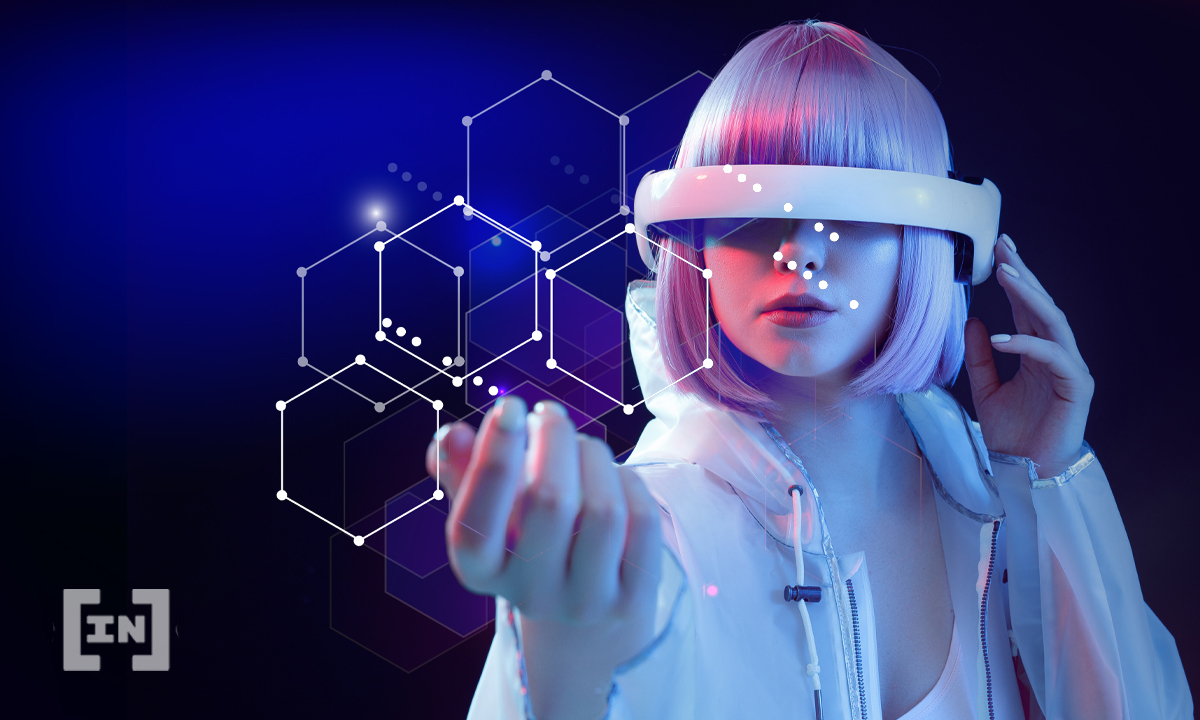
The future of crypto is interoperable. That’s becoming clearer with every new cross-chain bridge and Layer 2 launch. However, for crypto to truly scale into an ecosystem without walls, one key ingredient is decentralized identifiers (DIDs).
DIDs are identifiers that enable verifiable digital identities of individuals, organizations, devices, or any other entity. All in a permission-less fashion.
These self-sovereign IDs can prevent fraud by verifying an identity without needing to access the underlying data. By expanding interoperability without sacrificing security, these user-controlled IDs unlock all kinds of innovations in both enterprise and consumer use cases.
As part of my ongoing research, I’ve been focused on building a shared standard. This could be used in building the Identity of Things for the blockchain.
As our community crafts a clear framework of standards, we will unleash the full potential of blockchain interoperability across people, platforms, and devices.
Here’s how DIDs accelerate the adoption of blockchain into the enterprise.
A quick primer on DIDs
When interacting online, digital identity is the unique representation of a person, an organization, an IoT device, or another autonomous agent.
To function in a permission-less fashion, digital identity needs decentralized digital identifiers (DIDs). These are unique strings (or tokens) that identifies an entity without the need for a centralized registry.
Developed by the W3C Decentralized Identifier Working Group, these DIDs represent verifiable, self-sovereign digital identifiers.
When combined with verifiable credentials, DIDs create a portable digital identity that increases individual control over data and bypasses centralized identity providers.
DIDs have four features that shape interoperability:
Returning ownership of digital identity and its associated data to the identity subject via public-key cryptography. Such a change in identity ownership represents a paradigm shift in the way people experience their digital lives. Unified representation of digital identity for people and non-person entities (e.g., IoT devices). This simplifies identity management and facilitates interactions among people and other smart objects. Designed with privacy in mind to allow identity owners to minimize information leakage when accessing various services. Built on open standards and specifications, which hold great potential for interoperability and portability.
We’ve established precisely how DIDs enable tamper-proof credentialing, provable authenticity, and permissionless verification. Now, let’s look at what DIDs add to the blockchain ecosystem.
DIDs and medical supply chain
The emergence of blockchain in the supply chain is one of the best applications of DID. Combined with the immutability of tamper-proof data, DIDs allow multiple stakeholders to seamlessly track items across even the most complex supply chains.
In a typical asset tracking application, each supply chain stakeholder can generate a DID and register it in the system. Those DIDs can be used for stakeholders sharing freight contracts. For example, broker carrier agreements, load tenders, bill of lading, etc. In addition, they can also share the status of physical assets in a secure manner.
In the case that IoT devices are used for providing real-time information about the assets, the IoT data can also be shared with relevant stakeholders through a DID-based authorization mechanism. That means that everyone benefits from real-time visibility without the hassle of creating dozens of accounts and authorizations.
DIDs and mobility
In the automotive industry, DIDs are promoted by the Mobility Open Blockchain Initiative (MOBI) at the next-generation vehicle identity (VID) that brings the digital revolution to mobility.
The introduction of VID creates a vehicle’s digital twin. It enables a car to seamlessly interact with roadside infrastructure, other vehicles, and a wide variety of transportation services. This establishes a solid foundation for building a transparent, interoperable, and collaborative transportation ecosystem.
Some of the issues solved by DIDs in mobility include odometer fraud, which costs more than $1 billion a year in the United States.
Imagine if each odometer had its own DID, associated with a specific VIN on the blockchain. It would become simple to verify that an odometer was original and unchanged.
Another challenge is proving provenance and maintenance. A complete, verifiable snapshot of any vehicle’s condition would be possible with DID-enabled vehicle birth certificates. This would be inked with real-time data from a vehicle’s IoT-connected parts, such as emissions data, maintenance history, and remaining useful life.
Vehicle identity is also a requirement for in-vehicle transactions, which would enable core conveniences such as frictionless toll payments, no-touch purchases for gas fillups and battery charging, and even automatic billing at the drive-thru.
DIDs and DeFi for machines
Devices will eventually be the biggest users of the blockchain. Therefore, to participate in the connected world, devices will need an identity.
Just like humans have wallets, interact with other entities and deliver services in exchange for payments, autonomous, revenue-generating devices (for instance, drones that take pictures, autonomous vehicles, or even vending machines) need to deliver without human intervention.
Within the machine economy, there will be machine-to-machine (M2M) communication scenarios. As intelligent devices transact with each other, they will require unique DIDs registered on the blockchain.
By advertising services via DID documents, machines become economic agents and exchange values with peers securely. In particular, large-scale, decentralized, and autonomous IoT applications could be envisioned.
DIDs and insurance
DIDs are also a core building block of the next generation of digital insurance contracts and risk transfer products.
With DIDs in place, people can participate in decentralized autonomous organizations (DAO) style insurance cooperatives to share risks with other peers.
This could solve the rising insurance risks related to climate change, shifting how communities secure insurance and protect their assets.
The broader insurance industry can also benefit from using data oracles, such as Chainlink, alongside digital asset trackers, such as Pebble.
The combination improves insurance based on usage or verifiable real-world data. For instance, what happens when two vehicles get into an accident, and one driver leaves the scene? Or how about hurricane data informing claim acceptance. Or even automatically submitting a claim on behalf of the homeowner based on verifiable data recorded on the blockchain.
Looking ahead
As the crypto industry and blockchain technology face stricter regulatory scrutiny, DIDs may be a key component of mainstream acceptance. Given how Big Tech continues to abuse its gatekeeper status and thwart users’ ability to move data between platforms, DID would facilitate interoperability at scale.
Even if there are multiple DIDs (which is both likely and preferable), these digital identities would reduce friction and make the entire blockchain ecosystem easier to use.
As a result of added privacy protection, security and self-sovereignty, users would be able to navigate seamlessly across platforms in ways that aren’t imaginable today.
Looking ahead to onboarding the next billion users, we must prioritize global usability over ecosystem protectionism.
Only once we’ve established an interoperable digital identity layer can we usher in the next wave of blockchain transformation. Namely, real-world data on the blockchain.
Whether it’s “proof of presence” for supply chain and real-world NFTs, “proof of safe-handling” for insurance contracts, or “proof of temperature” for delivery disputes, DIDs will unlock tremendous value among the billions of devices in the connected world.
Disclaimer
All the information contained on our website is published in good faith and for general information purposes only. Any action the reader takes upon the information found on our website is strictly at their own risk.
[ad_2]
Source link


